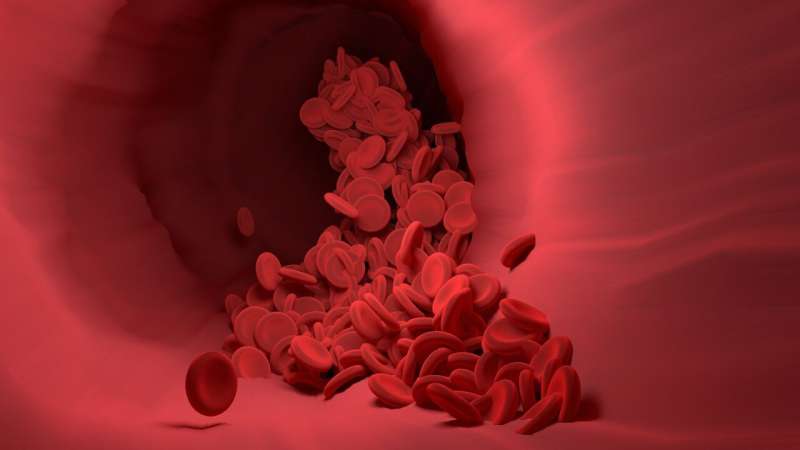
When UC San Diego bioengineering professor emeritus Shu Chien reminds you that it’s a good idea to get up, move, and get your blood flowing, he knows exactly what he is talking about. In fact, Chien has led research teams that discovered some of the reasons why getting your blood flowing is so good for you. (These beneficial effects of exercise on the vascular system that Chien helped to discover are in addition to the many beneficial effects of exercise on the heart, the musculoskeletal system, and more.)
So the next time you’re on a brisk walk, a jog, a bike ride, a swim, or any other activity that’s getting your heart rate up just a bit, know that this exercise is boosting the blood flow through your entire body—and that’s a good thing. For example, this increased blood flow from exercise encourages the flushing out of small areas of stagnating or otherwise disturbed blood flow in your network of blood vessels. This helps keep the cells that line the vessels healthy. These cells are called endothelial cells, and their healthy functioning is crucial for avoiding heart attacks, strokes and other complications of the cardiovascular system.
In the human body, blood tends to slow down or even start to stagnate in places where blood vessels branch, or at particular curves and turns in the blood circulation system. Chien likes to compare the human network of blood vessels to a complex river system. In a river, the flow of water is disturbed at the spots where a river splits in two or makes a sharp turn. In these branching points, or the inner curvature of a river, the water flow slows down, eddies may form, and mud and other materials in the water tend to accumulate.
At branching points and tight curves in the human blood vessel network, the blood flow can be disturbed in similar ways. Over the years, Chien and his research collaborators have shown different ways that disturbances in blood flow can change the behavior, and the health, of the endothelial cells that form the inner lining of these vessels.
Disturbances in blood flow, for example, change the physical forces that the flowing blood exerts on endothelial cells. So when blood flow changes, the physical forces acting on these endothelial cells also change. These changes in force trigger interacting physical and chemical changes in the cells that contribute to build up of chemicals and fats that can eventually block the flow of blood, thus leading to strokes or heart attacks.
In related work, Chien and colleagues have also shown that changes in blood flow can regulate how genes in the cells behave despite the fact that there were no changes to the genetic sequence. This is called epigenetic regulation, and it has important influences on the functioning of endothelial cells and the health of blood vessels.
Source: Read Full Article





